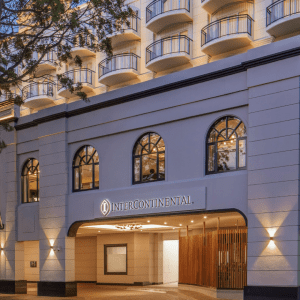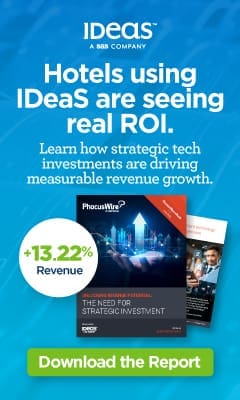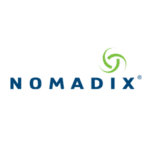Australian hotel sales hit $2.14 billion in 2022 – the second highest transaction volume on record – with significant additional equity capital still on the sidelines waiting for signs of stabilisation in interest rates and inflation according to new CBRE research.
capital still on the sidelines waiting for signs of stabilisation in interest rates and inflation according to new CBRE research.
CBRE’s latest Hotels Overview and Outlook report highlights that recovering occupancies and strong growth in Average Daily Rates (ADR) assisted in insulating the hotel sector from the effects of rising inflation.
CBRE’s Australian Head of Hotels Research Ally McDade said, “An expected stabilising of conditions as the year unfolds should see capital markets benefit from greater investor certainty. While a high inflation and interest rate environment will place upward pressure on yields and IRR expectations, improving tourism demand fundamentals and impressive performance indicators are likely to cushion any impact of higher credit-funding costs.”
Last year’s hotel sales tally tracks 53 transactions valued at over $10 million – a record number of deals, which was 39% above the 10-year average. That momentum has continued into 2023 with the recent sale of the first Australian Waldorf Astoria hotel to Tattarang property company Fiveight. CBRE jointly negotiated the Sydney transaction, setting a new Australian record for a single-asset hotel sale. CBRE’s report also tracks the demand drivers and development outlook for the Australian hotel sector.
CBRE Regional Director, Hotel Valuations, Troy Craig noted, “Even with a recovery in Australians departing for overseas, domestic travel continues to drive the Australian tourism industry. Domestic travel nights are now at or surpassing pre-pandemic levels in Queensland, South Australia, Western Australia, and Tasmania and spending in these states is up ~40% on pre-pandemic levels. This is benefitting Australia’s gateway cities of Sydney and Melbourne, which recorded the strongest y-o-y growth rates in relation to both ADR and occupancies aided by a recovery in corporate travel and international travel.” Nationally, ADR rose 24% over the year to $228, outpacing 2019 rates by 23%, while the national occupancy rate averaged 65%, just 10% shy of pre-pandemic levels.
CBRE is forecasting that ADR growth will moderate over 2023, although Mr. Craig said most city markets were still expected to post gains as operators maintain strong rate policies in favour of returning to pre-pandemic occupancy levels. “Occupancy levels in domestic demand-dominated cities are expected to edge upwards from already strong levels, while Sydney and Melbourne should continue to see occupancy gains as inbound demand recovers,” Mr. Craig said.
In relation to international visitation, while short-term overseas arrivals remain 40% below pre-pandemic levels, recovery is in train, with the reopening of China’s borders key to the rate at which Australia’s inbound tourism economy recovers in 2023. On the development front, the report highlights that the hotel market’s expansionary phase is set to peak in the next 12 months with around 8,400 rooms set to be delivered across the country’s major hotel markets in 2023 and 2024. Following this wave of additions, higher debt and construction costs are anticipated to suppress the hotel development pipeline being largely limited to key strategic sites usually having mixed-use appeal, Ms. McDade said.




















